|
In the summer of 2017, I attended the PIER Institute on African literature at Yale. I had very limited knowledge so I came home with a mile long reading list and a well of humility - being on a straight-up learning curve is exciting and overwhelming. I met some amazing, creative, strong, vibrant women educators for whom I am grateful. One session included a Kenyan science-fiction short film written and directed by Wanuri Kahi. The last two years I’ve used Pumzi as part of our narrative unit. It’s a challenging but accessible film for 8th graders, and I love that this is part of our curriculum.
You can watch Pumzi at https://vimeo.com/46891859 Teaching isn’t always glamorous. I can’t tell you how many hours I’ve spent at the copy machine over the past 20 years. The rhythmic workings of the copy machine lull me into a mindless trance that I sometimes refer to as “the only Me time I have on this job.” While I’m running this big job(a rather environmental disaster, really) I’m excited about the adventure the 8th grade class is about to begin with the Cottonwood Gulch and the students in wilderness initiative. Our first expedition into the New Mexico wilderness is four weeks from today! Info packets are going home with kids tomorrow! Some days, when the stars align, something or someone crosses my path at the right time. Today we were set to review the story arc and I had multiple activities planned utilizing differentiated texts to meet the needs of my students, who in one class, range from 3rd grade to post high school level readers.
But yesterday when I got home, inspiration took root when I found the latest issue of National Geographic in our mailbox. The cover story, “The Story of a Face,” is breathtakingly beautiful, poignant, provocative, and even epic. I was moved by the gorgeous language and, more than anything, by this human story. Since it took me over 30 minutes to read through the article, I did not consider sharing the entire text with students (yet - I’m going to buy multiple copies of this issue for kids to check out and read.) Instead, using the multimedia components at https://www.nationalgeographic.com/magazine/2018/09/face-transplant-katie-stubblefield-photography-interactive/, I retold this story. We teachers are storytellers, after all. I started with the preface to the article: This story is difficult to look at. Yet we are asking you to go on the remarkable journey of how a young woman received a face transplant because it reveals something profound about our humanity. Today, I had the privilege of retelling this story to 40+ 8th graders who showed curiosity, compassion, and insight. I believe wholeheartedly that 8th graders are open, empathetic social-justice warriors. Today, I was in the kind of company that makes me think that we’re all going to be alright. And, for the record, I met our lesson objectives. I did most of the other activities and added this text do our lesson on narratives. Students plotted this narrative on a story arc and it proved to be a stellar resource to talk about how conflict is a catalyst for change and how resolution might mean knowing what is happening ‘now’ without knowing what the final outcome will be. Today was a good, good day. @natgeoeducation We started our study of narrative writing by telling stories. One of our guiding questions = how do people use storytelling and narrative writing to share our experiences, ideas and creative vision?
Today I’ve got screen shots of an in-process geography activity. Stay tuned tomorrow for the second, interactive part of kiddos’ work!
Our kiddos were introduced to our year-long project with the Cottonwood Gulch. Today’s session included community building games, an intro to public lands, and mapping locations and landmarks in New Mexico. Always good to hear kids laughing in our classroom! Today we were reading an article about the the Deep Green Bush School in New Zealand then did a Take a Stand activity using various statements from the article. The final statement was this - “Statement #5 - I would like to have school experiences off campus and out in nature.” This picture shows the kids who disagreed with this statement. Which makes me giddy for a million reasons, but mostly because tomorrow we’re introducing our kids to a program to get all our 8th graders out into New Mexico wilderness 10 days this year in partnership with the Cottonwood Gulch. Yup, this year we’re going exploring!
Frame projects about done. I feel so much better now that the kids are a part of our classroom space, too.
|
Teaching Stories
A year in the life of a middle school teacher Archives
November 2018
Categories |
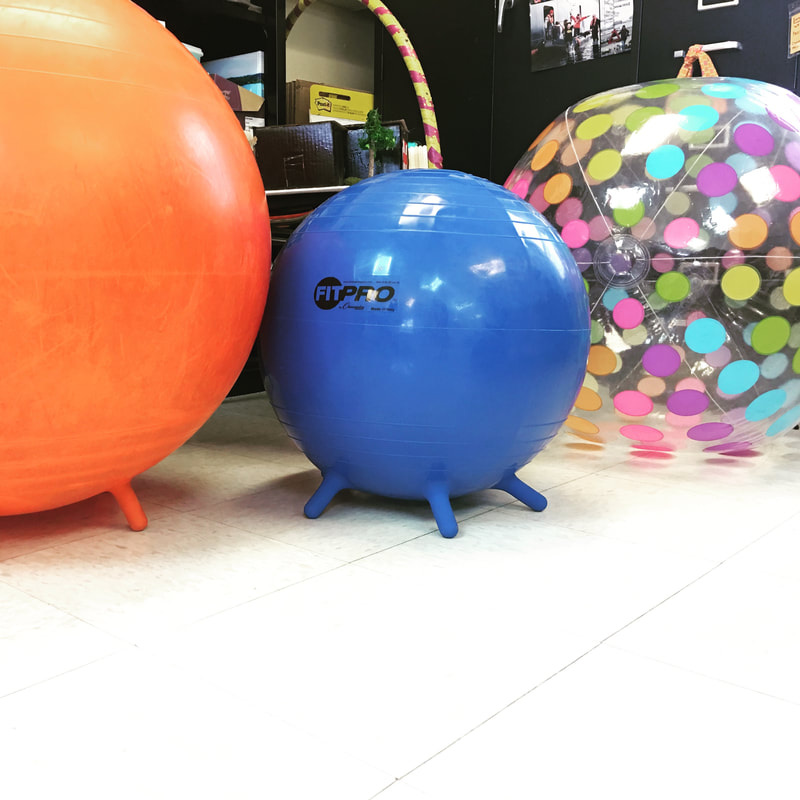
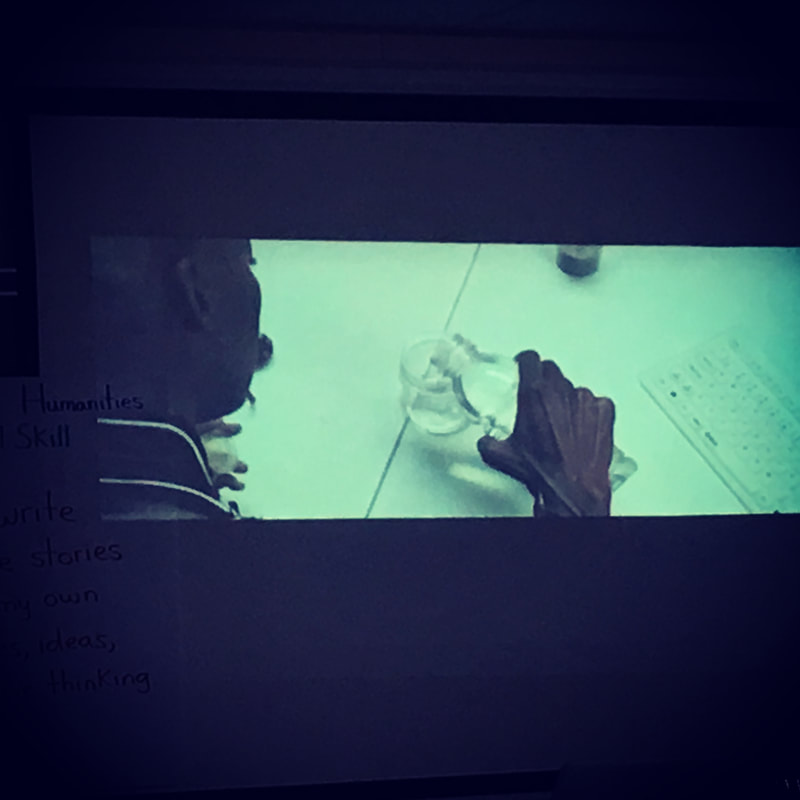
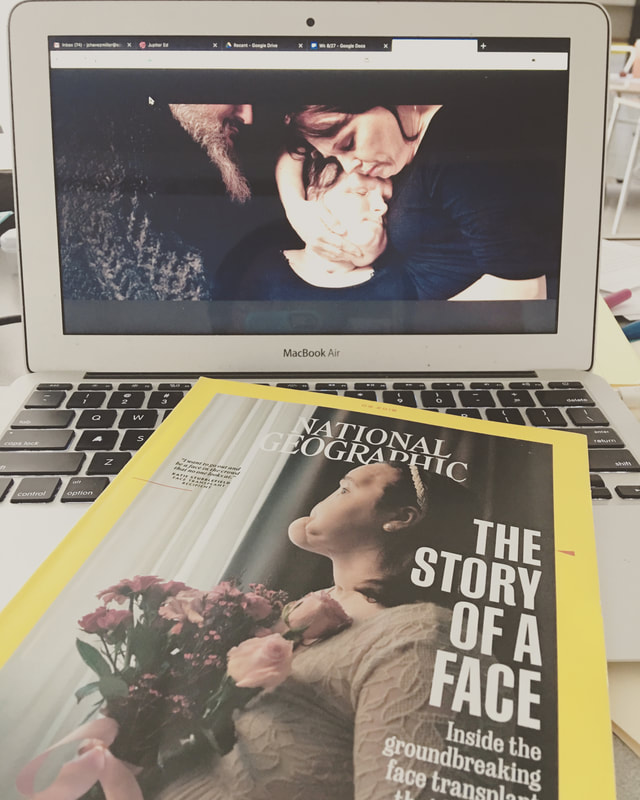
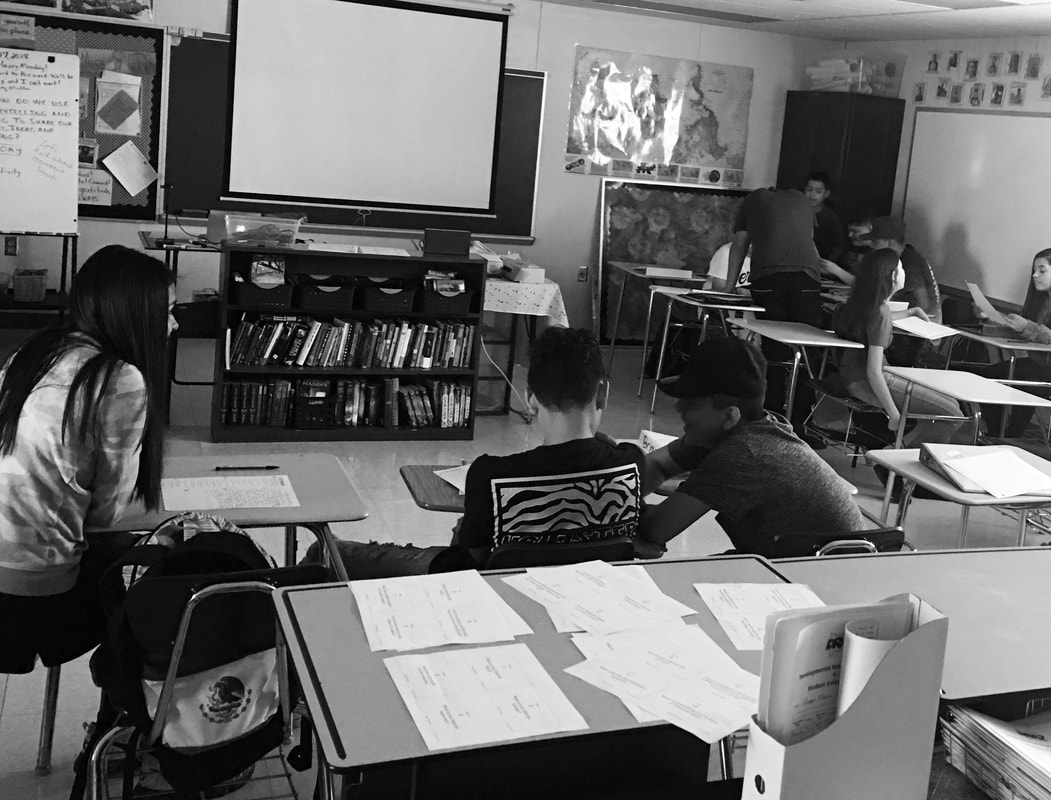
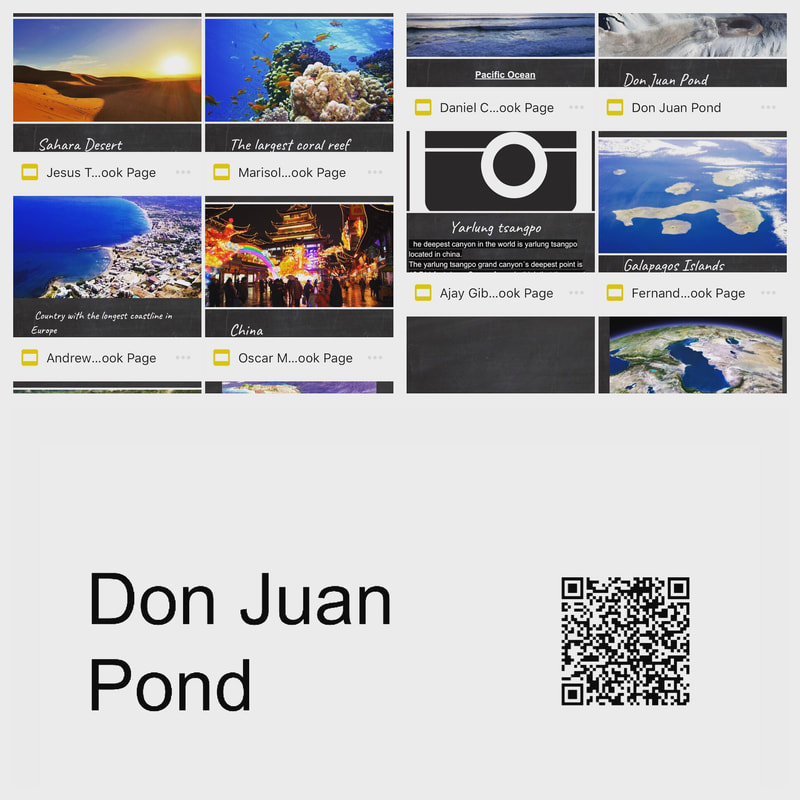
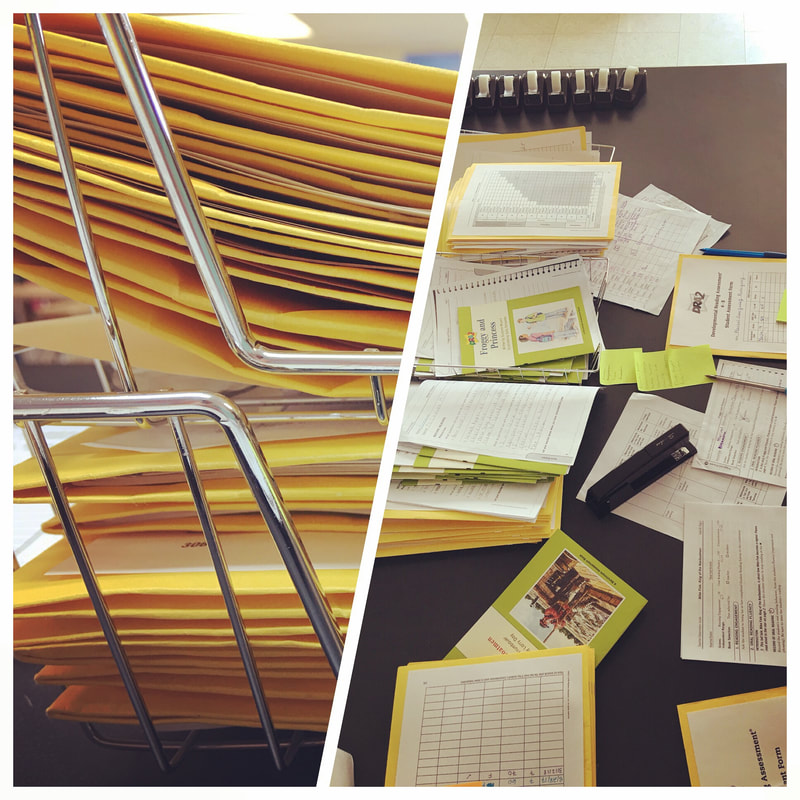
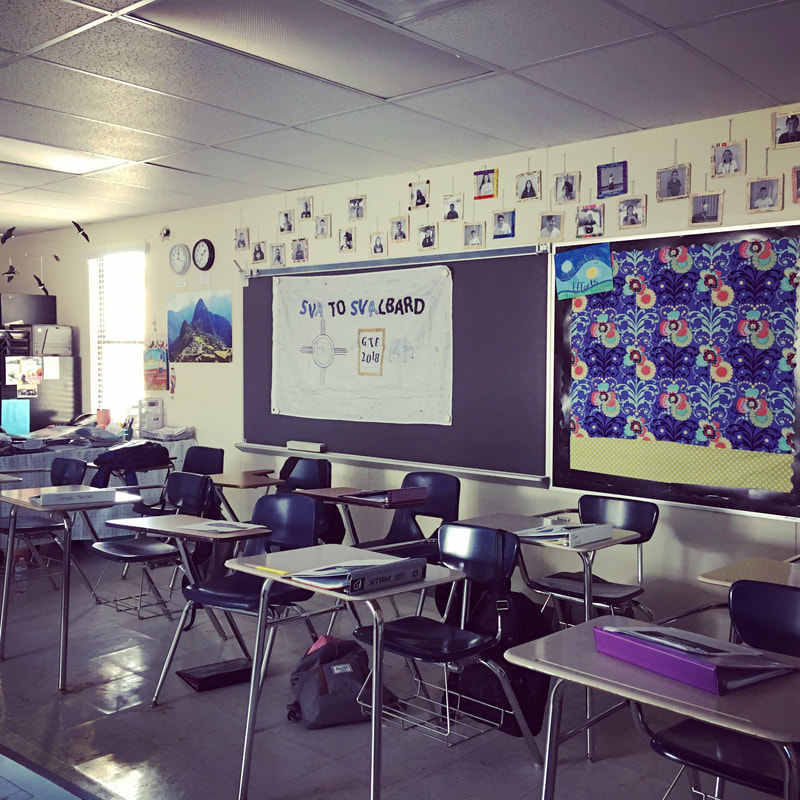
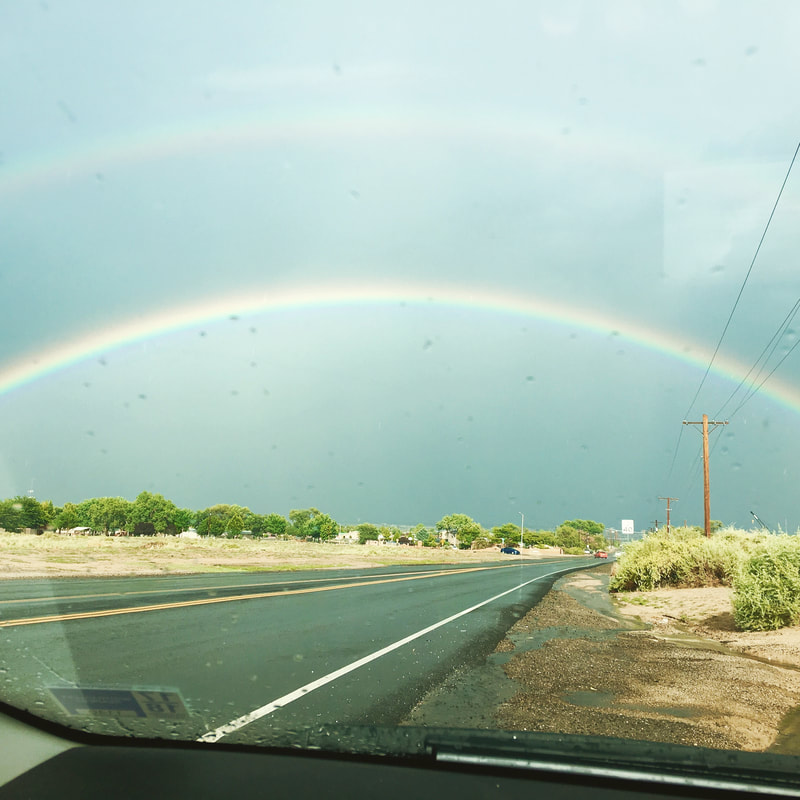
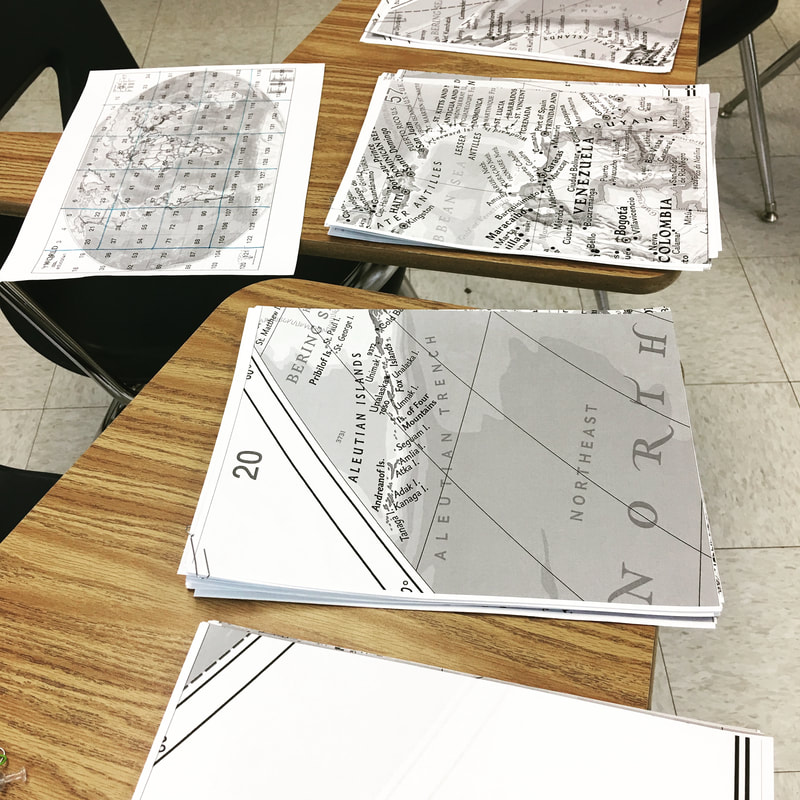
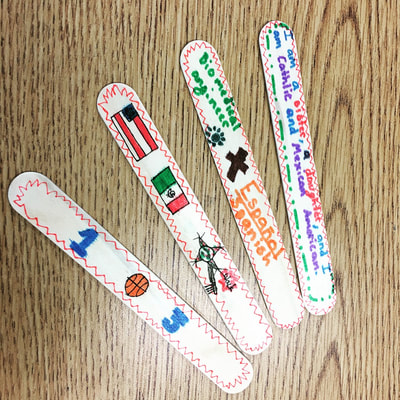
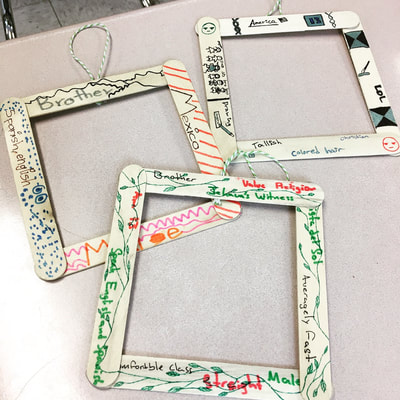
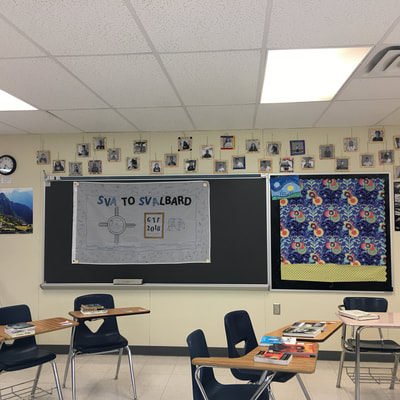
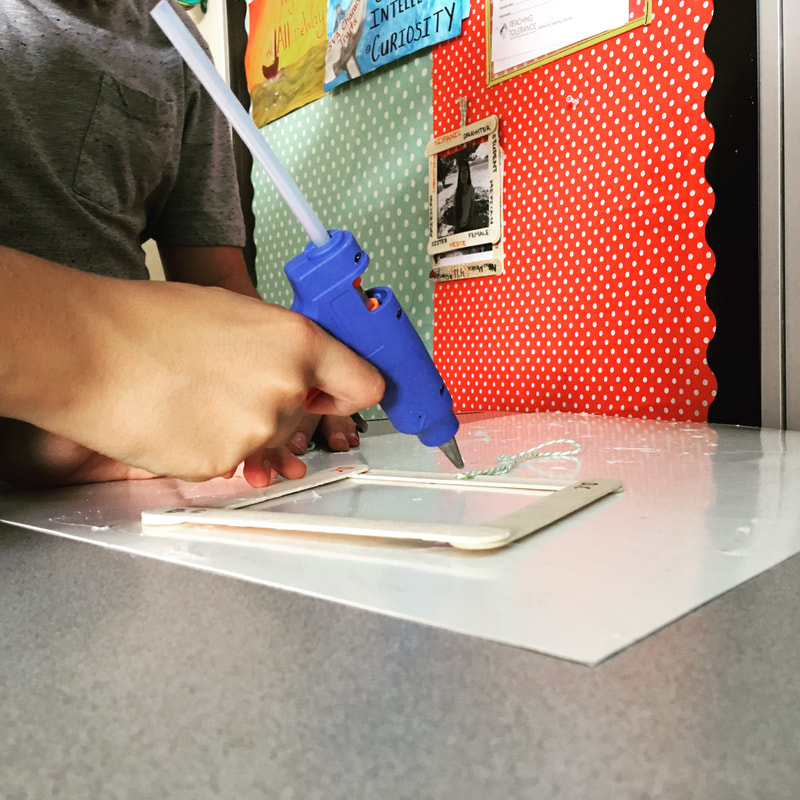
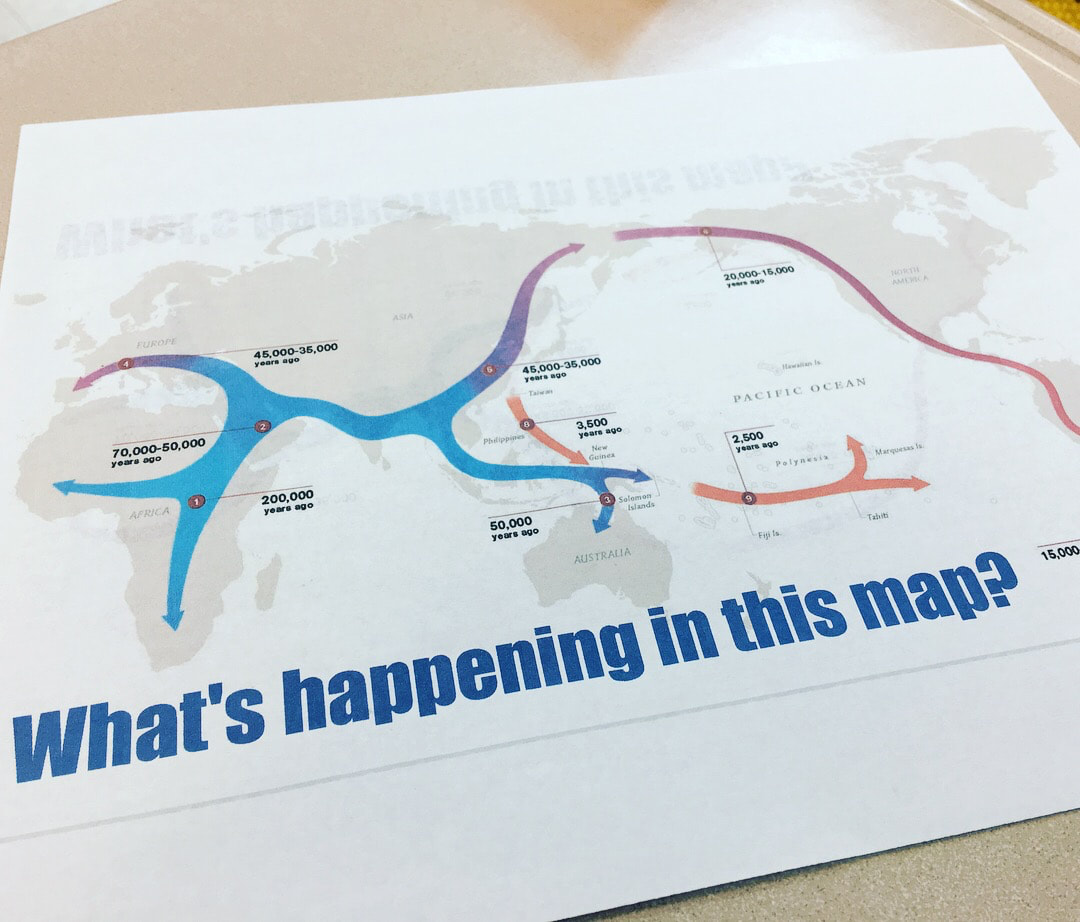
 RSS Feed
RSS Feed